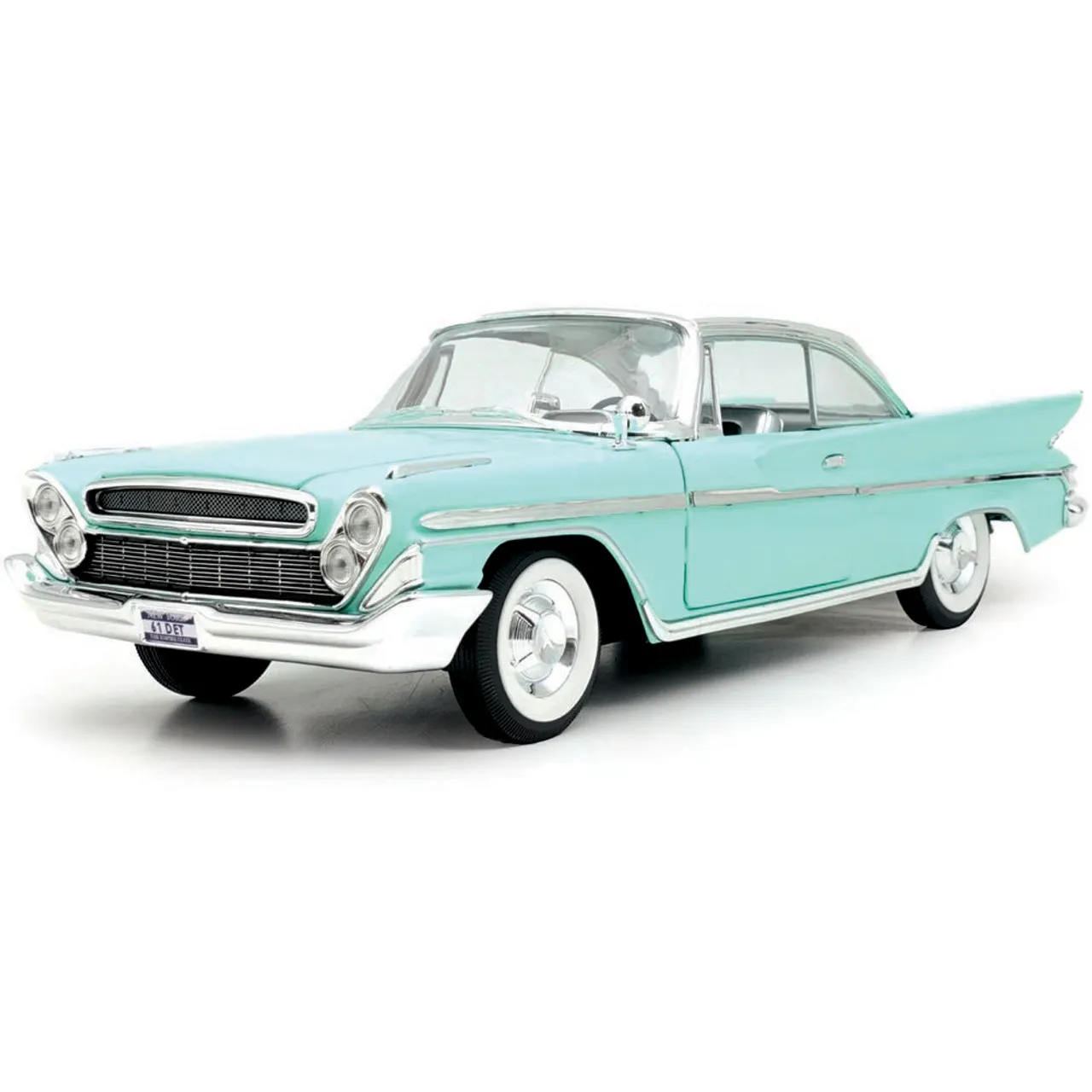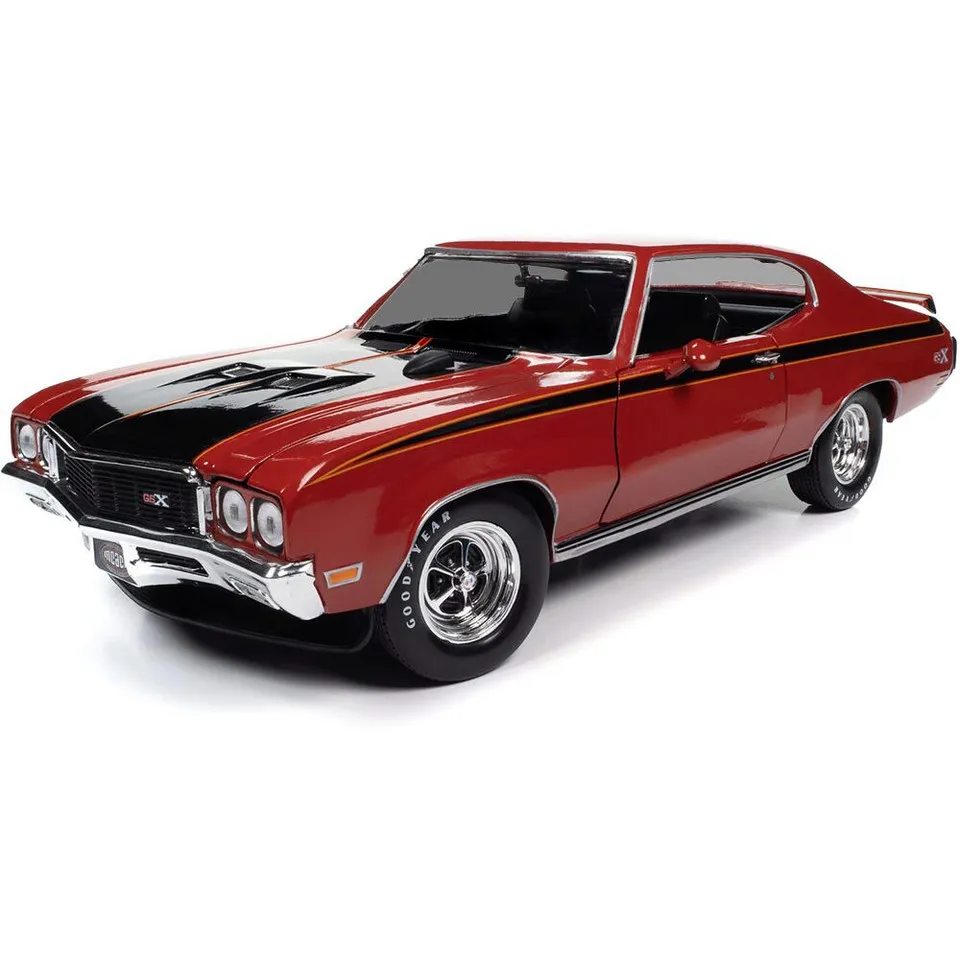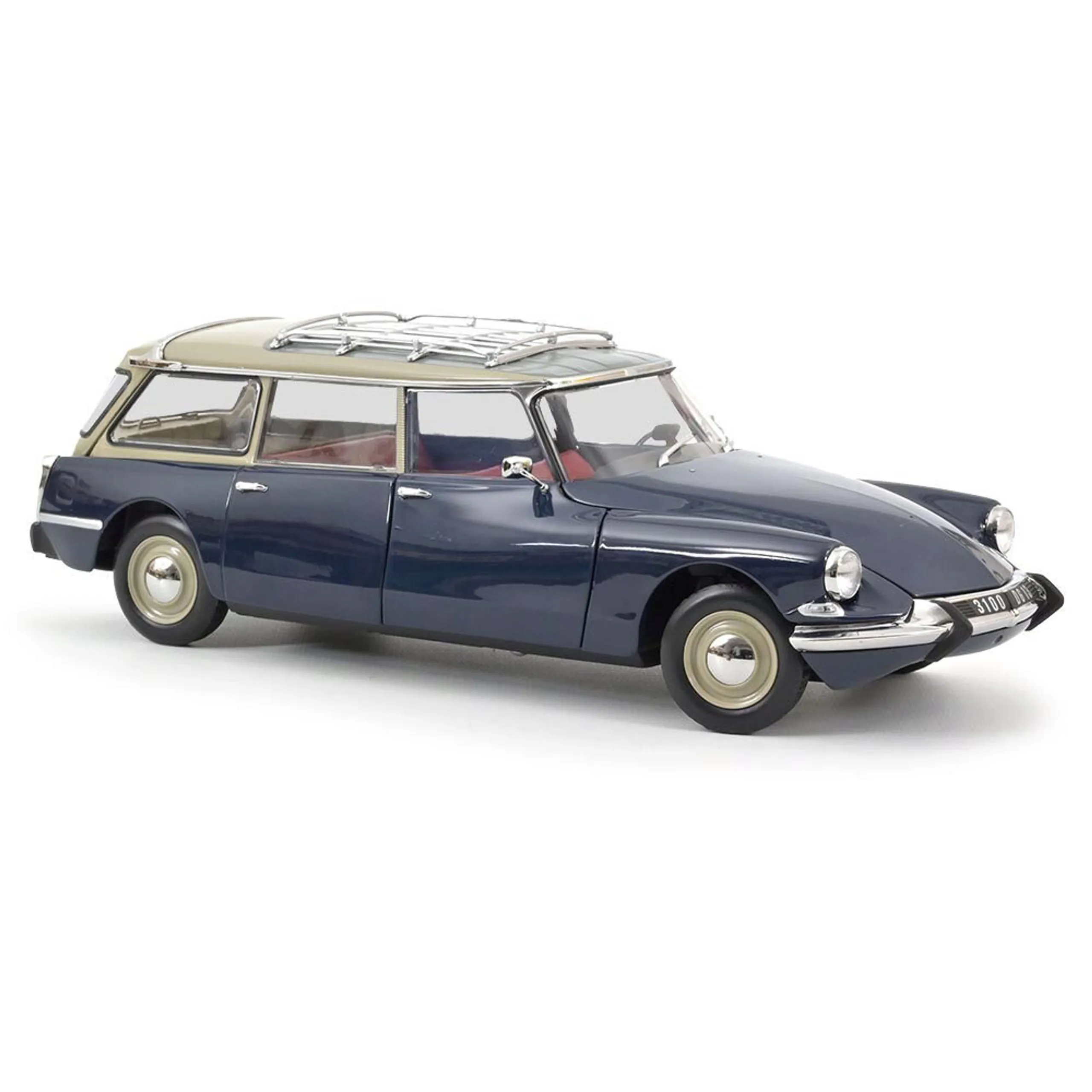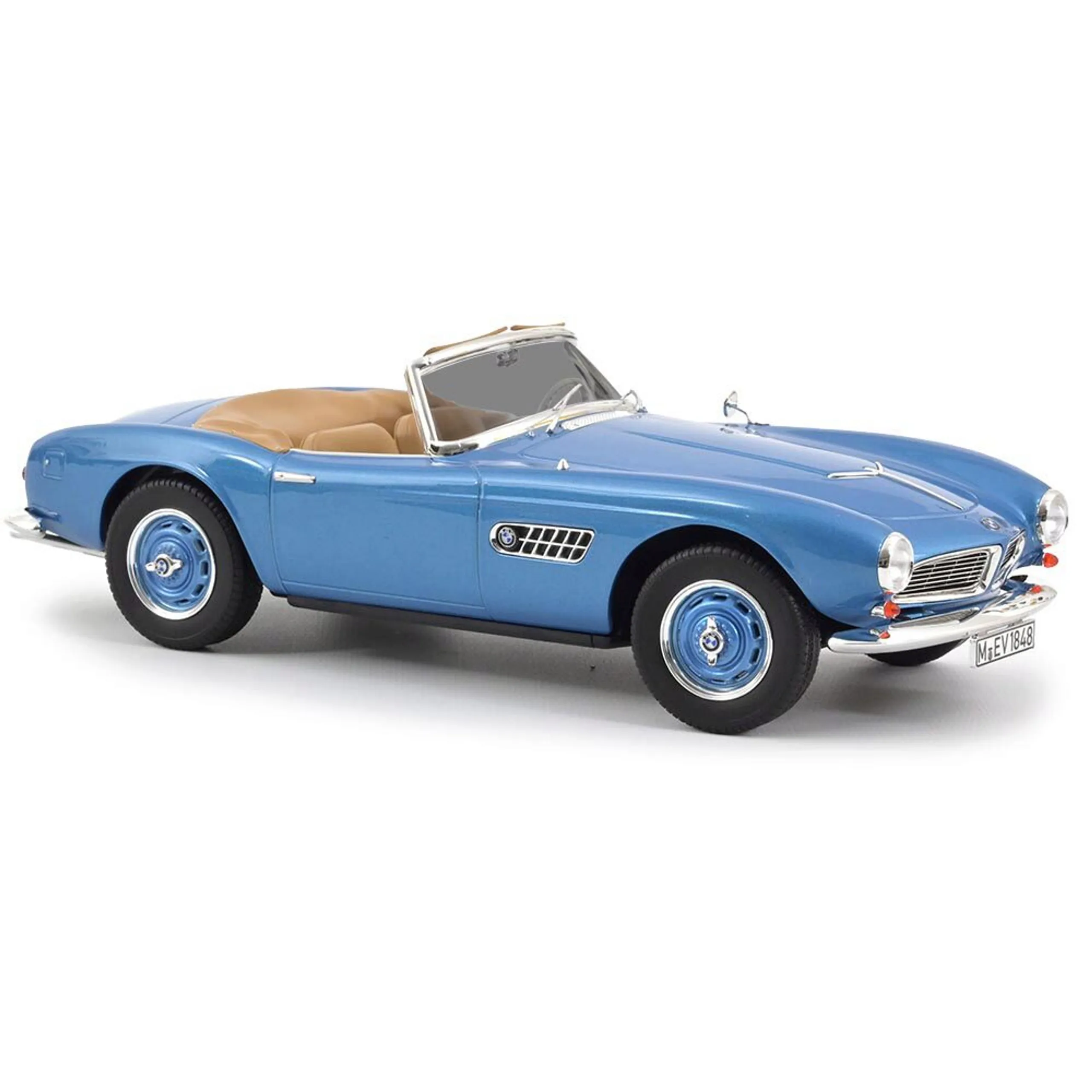What are Diecast Model Sports Cars Overview
Diecast model sports cars are miniature replicas of real-life sports cars, meticulously crafted from diecast metal. These models are not just toys; they are highly detailed collectibles that appeal to car enthusiasts, hobbyists, and collectors of all ages. The term “diecast” refers to the manufacturing process where molten metal is injected into molds to create the car’s body and chassis. These models come in various scales, with the most common being 1:18, 1:24, and 1:43, each offering a different level of detail and size. The quality and value of a diecast model sports car depend on several factors, including the accuracy of the design, the materials used, the level of detail, and the rarity of the model. From classic vintage racers to modern supercars, diecast model sports cars capture the essence and beauty of their full-sized counterparts.
History of Diecast Model Sports Cars
The history of diecast model sports cars is a fascinating journey that mirrors the evolution of automotive design and manufacturing. The earliest diecast toys emerged in the early 20th century, but it wasn’t until after World War II that they truly gained popularity. Early models were often simple and made from basic materials. Over the decades, advancements in technology and manufacturing processes led to more detailed and realistic models. The rise of iconic brands like Dinky Toys, Corgi, and Matchbox revolutionized the industry, introducing a wide variety of vehicles that captured the imagination of children and adults alike. The demand for diecast models expanded rapidly, with manufacturers constantly striving to improve their products and cater to a growing market of collectors and enthusiasts. This evolution demonstrates the enduring appeal of these miniature masterpieces.
Early Days and Development of Diecast Cars

The initial development of diecast model cars was driven by the need for durable and affordable toys. Early models were primarily made from lead, which was later replaced by safer materials like zinc alloys. These initial models were relatively simple, often lacking the intricate details found in modern diecast cars. The focus was on creating robust toys that could withstand rough play. As manufacturing techniques improved, so did the level of detail. Manufacturers began to incorporate more realistic features, such as opening doors, detailed interiors, and functional steering. These early models laid the foundation for the sophisticated diecast cars we see today, establishing the basic principles and setting the stage for the future.
Evolution of Materials and Techniques
Over time, the materials and techniques used in diecast model car manufacturing have undergone significant evolution. The shift from lead to zinc alloys improved safety and durability. Advancements in die-casting technology allowed for more intricate designs and finer details. Paint finishes improved, offering more realistic colors and textures. The use of plastics for interior components and tires enhanced the level of detail and realism. The incorporation of features like working suspensions, opening parts, and detailed engine compartments has transformed these models into highly sophisticated replicas. Each innovation has contributed to the ongoing appeal of diecast model sports cars, elevating them from simple toys to highly sought-after collectibles.
Key Features of Diecast Model Sports Cars
Diecast model sports cars boast an impressive array of features that contribute to their realism and collectability. These features go beyond the basic shape of the car, encompassing a variety of details that make each model unique. The attention to detail in diecast models reflects the craftsmanship involved in their creation, appealing to both casual observers and serious collectors. The best diecast cars aim to replicate every aspect of their full-sized counterparts.
Scale and Accuracy

Scale is one of the most critical factors in diecast model cars. It refers to the ratio between the model’s size and the actual car’s size. Common scales include 1:18, 1:24, and 1:43, with 1:18 models being the largest and most detailed. Accuracy in scale is essential for collectors, ensuring that the model accurately represents the proportions of the original car. Manufacturers use precise measurements and design specifications to ensure that each model accurately reflects the full-sized vehicle. This attention to detail is a hallmark of high-quality diecast cars, contributing to their value and appeal among collectors who appreciate the precision of the replicas.
Materials Used
The materials used in diecast model sports cars significantly impact their quality, durability, and appearance. The primary material is typically a zinc alloy, often combined with other metals for strength and detail. Plastic is used for interior components, tires, and sometimes for body parts. High-end models may include features like real rubber tires, fabric seatbelts, and metal detailing, all contributing to the model’s realism. The choice of materials, paint quality, and finishing techniques also affects the model’s value and desirability. Collectors often prefer models made with premium materials and meticulous attention to detail, as these factors enhance the overall aesthetic and longevity of the model car.
Manufacturing Process
The manufacturing process for diecast model sports cars is a complex series of steps involving several stages. It begins with the design phase, where detailed specifications are created based on the original car’s blueprints. Molds are then created, carefully shaped to replicate every aspect of the car’s design. Molten metal is injected into these molds to form the body and chassis. The parts are then assembled, painted, and detailed, with workers adding intricate elements such as decals, interior components, and accessories. Quality control checks are performed throughout the process to ensure that each model meets the highest standards. From design to final assembly, the manufacturing of diecast models requires skill, precision, and a commitment to detail.
Top 7 Hidden Facts About Diecast Cars

Beyond their aesthetic appeal, diecast model sports cars hold a wealth of hidden facts that make them even more fascinating. These facts delve into the nuances of collecting, manufacturing, and the enduring popularity of these miniature masterpieces. The world of diecast cars is filled with surprises, adding an extra layer of intrigue for collectors and enthusiasts. Discovering these hidden aspects enhances appreciation for the models.
Fact 1 The Scale Factor
The scale of a diecast model car has a significant impact on its value, detail, and display options. While 1:18 scale models offer the most detail and are often the most sought after, other scales like 1:24 and 1:43 have their own appeal. Some collectors specialize in certain scales, focusing on the features and collectibility of each. Understanding the scale helps in appreciating the model’s dimensions and how it compares to other models in a collection.
Fact 2 Rare Editions and Value
Limited edition diecast model sports cars often hold the greatest value. Models produced in small quantities or with special features can command high prices in the collector’s market. Rarity is a key driver of value, with models that are difficult to find, or are special promotional items, becoming highly prized. Collectors actively seek out rare editions, driving up their value over time. These rare models are often the jewels of any diecast car collection.
Fact 3 Materials Matter

The materials used in the construction of a diecast car can have a dramatic effect on its value and longevity. High-quality models use better alloys, paints, and detailed components. Diecast metal bodies, real rubber tires, and accurate interiors improve the overall appeal. Collectors often pay attention to these details, as they impact both the model’s aesthetic quality and its ability to withstand time. The use of premium materials is a key indicator of a high-value diecast car.
Fact 4 Limited Production Runs
Many diecast model sports cars are made in limited production runs, which is a significant factor in their collectibility and value. Manufacturers often limit the number of models produced to maintain exclusivity, making these models more desirable to collectors. Limited runs are common, especially for special editions and models with intricate details. These limited production runs increase the rarity and value, creating a sense of urgency among collectors who want to add those cars to their collection.
Fact 5 The Detail Level
The level of detail in a diecast model car is a primary factor that distinguishes a good model from a great one. Attention to detail includes the accuracy of the body, the quality of the paint, the design of the interior, and the presence of functional elements such as opening doors and steering wheels. Collectors appreciate the level of detail, with fine elements like engine compartments, detailed dashboards, and realistic wheels, all increasing a model’s value. These details are often meticulously replicated to match the original vehicle.
Fact 6 Collector Communities

Diecast model car collecting thrives on active communities where enthusiasts share their knowledge, trade models, and display their collections. These communities exist both online and offline. They often host events, swap meets, and discussions about the latest models. Joining a collector community is a great way to learn more about diecast cars, find rare models, and connect with fellow enthusiasts. These communities drive the hobby and provide a network for trading information, advice, and models.
Fact 7 Maintenance and Care
Proper maintenance and care are essential for preserving the value and condition of diecast model cars. This includes keeping them clean, storing them in a dust-free environment, and protecting them from direct sunlight. Regular dusting with a soft brush and avoiding harsh chemicals will help maintain the models. Proper storage is crucial to prevent damage and ensure the models remain in excellent condition, preserving their value and beauty for years to come.
Caring for Your Diecast Model Sports Cars
Proper care and maintenance are vital for preserving the beauty and value of your diecast model sports cars. These models are valuable investments and cherished collectibles, and following simple care tips can ensure that they remain in pristine condition for years to come. From cleaning to display, these models require special handling.
Cleaning and Storage

Cleaning diecast model sports cars requires gentle handling and the right materials. Dust them regularly with a soft brush or a microfiber cloth to prevent buildup. Avoid using harsh chemicals or abrasive cleaners, as they can damage the paint and details. For more thorough cleaning, use a damp cloth with mild soap and water, then dry the model immediately. Proper storage is equally important. Keep the models away from direct sunlight and extreme temperatures to prevent fading or damage. Store them in a dust-free environment, such as a display case or individual boxes. This care is important to protect and maintain the investment.
Displaying Your Collection
Displaying your diecast model sports cars is an integral part of the hobby. Choose a display method that suits your collection and the space available. Display cases offer excellent protection from dust and damage, while also allowing you to showcase your models. Arrange the cars in an organized manner, such as by make, model, scale, or era. Consider using lighting to highlight the details and enhance the presentation. Regularly rotate models to keep the display fresh and interesting. The way you display your collection adds to the pleasure of the hobby.
